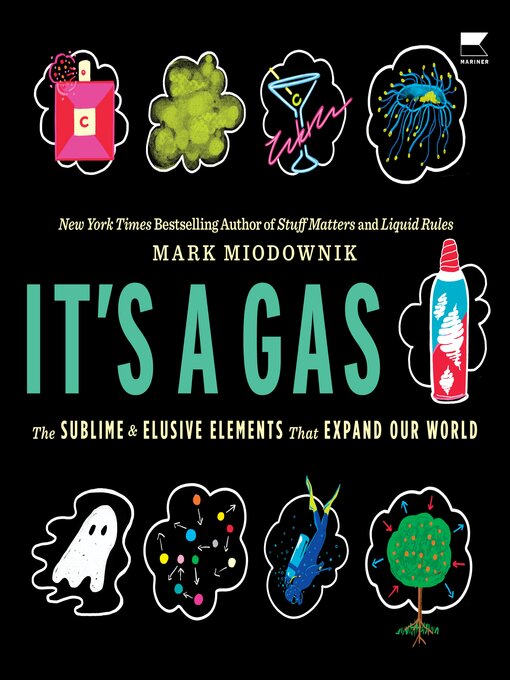The New York Times bestselling author of Stuff Matters presents a rollicking guided tour of the secret lives of gases: the magnificent, strange, and fascinating substances that shape our world.
Gases are all around us—they fill our lungs, power our movement, create stars, and warm our atmosphere. Often invisible and sometimes odorless, these ubiquitous substances are also the least understood materials in our world, and always have been.
It wasn't long ago that gases were seen as the work of ancient spirits: the sudden closing of a door after a change in airflow signaled a ghost's presence. Scientists and engineers have struggled with their own gaseous demons. The development of high-pressure steam power in the eighteenth century literally blew away some researchers, ushering in a new era for both safety regulations and mass transit. And carbon dioxide, that noxious by-product of fossil fuel consumption, gave rise to modern civilization. Its warming properties known for centuries, it now spells ruin for our fragile atmosphere.
In It's a Gas, bestselling materials scientist Mark Miodownik chronicles twelve gases and technologies that shaped human history. From hydrogen, carbon dioxide, and neon to laughing gas, steam, and even wind, the story of gases is the story of the space where science and belief collide, and of the elusive limits of human understanding.

